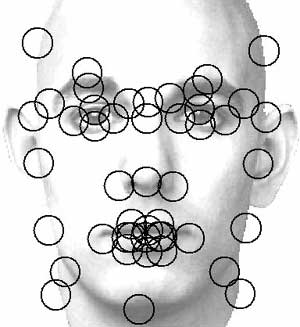Pandora Data Systems (PDS) is a company that, in the past, has designed software solutions to take information from automated dispensing cabinets (ADCs) like Pyxis, store it, manipulated it, run queries against it and produce reports that allow pharmacy departments to view medication usage trends; including trends to identify diversion.PDS now appears to be expanding their role with the introduction of PandoraVIA.
PandoraVIA is the next generation of data crunching software from the company. According to the PDS website “PandoraVIA is the new, full-featured reporting system from Pandora Data Systems. It’s designed to be a highly scalable and affordable platform built with Microsoft’s latest technologies. These technologies take the full functionality from our Pandora (Legacy Edition) and PandoraSQL products and move them to the next level.â€
The new software framework is designed to accommodate various modules depending on the needs of the customer. The system currently supports Pyxis, AcuDose, Omnicell, MedDispense and Cerner. However, after spending some time with the Pandora representatives at AHSP Midyear they informed me that their new system could add custom data from almost any source based on need.
PandoraVIA utilizes XML, SOAP, and WSDL to meet the needs of the healthcare system, and is capable of a host of reports that can be exported in a variety of formats.
A system that can aggregate data from many different sources offers real value to many healthcare disciplines, especially pharmacy which is often driven by data. Data mining is important, but not always easy because of the myriad of systems utilized and the general poor quality of integration. In addition, many IT departments aren’t equipped with the necessary resources to handle a project of this magnitude; believe me, I’ve tried.
Data I would like pulled into such a system include our Alaris Smart Pump data, our pharmacy information system (Siemens Pharmacy) data, our automated dispensing cabinet (Pyxis) data, our carousel, packaging and inventory control (Talyst) data, and our bar code medication administration data. Aggregate data from these systems could be mined for an infinite number of possible trends and uses.
Posted via email from fahrni’s posterous
 It’s no secret that I’m a big fan of tablet PCs. In fact, I can’t imagine life without one. The reason why acute care pharmacists haven’t adopted the tablet PC platform escapes me. My complete opinion on the matter can be found here.
It’s no secret that I’m a big fan of tablet PCs. In fact, I can’t imagine life without one. The reason why acute care pharmacists haven’t adopted the tablet PC platform escapes me. My complete opinion on the matter can be found here. CrunchGear
CrunchGear